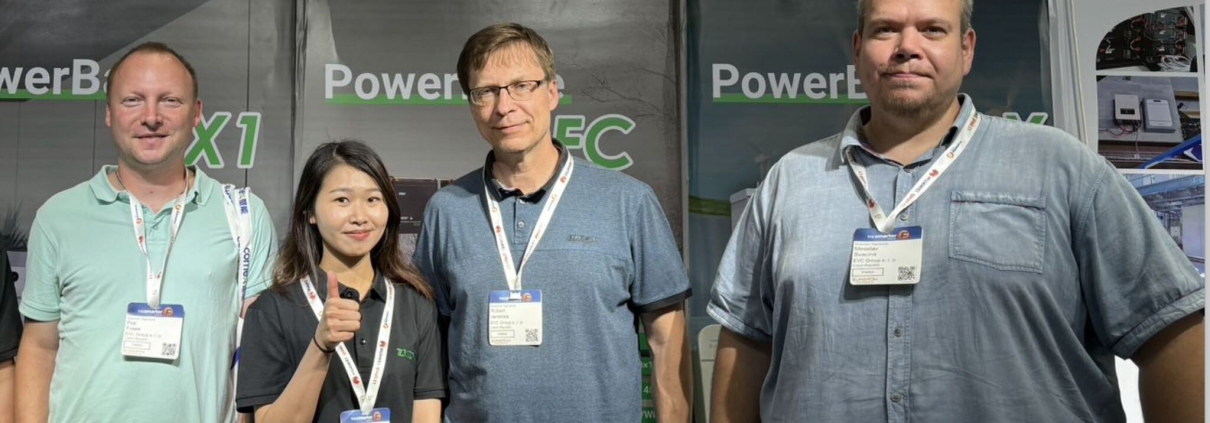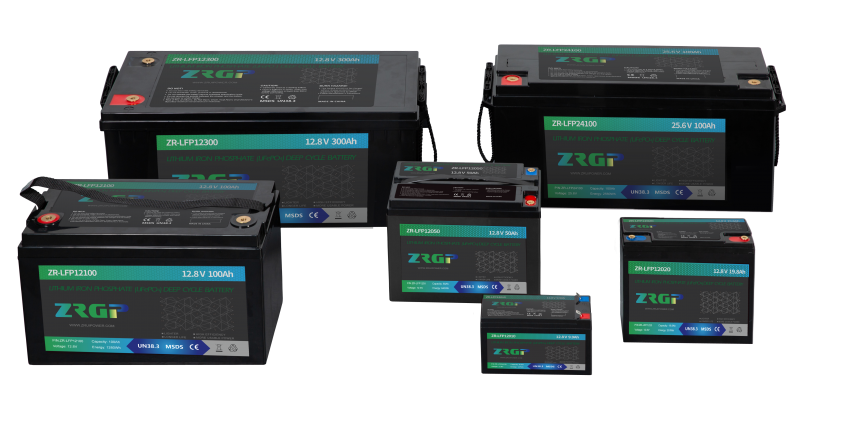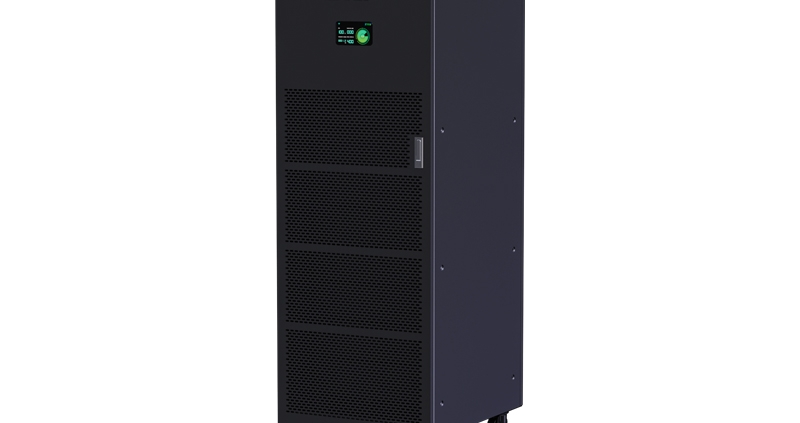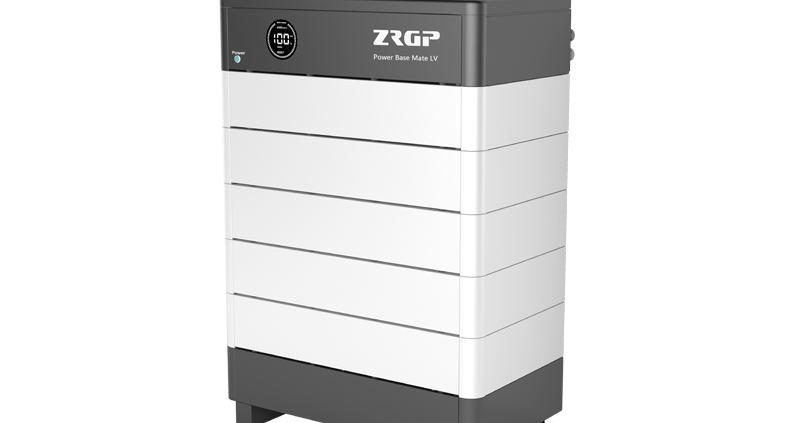LiFePO4 Batteries: An Innovative Energy Storage
Lithium iron phosphate battery, as an innovative energy storage solution, is characterized by its construction using lithium iron phosphate (LiFePO4) as the cathode and carbon-based materials as the anode. The standard single-cell voltage of this battery is set at 3.2V, with the safe charging upper limit meticulously controlled between 3.6V and 3.65V. During the charging process, lithium ions partially leave the lithium iron phosphate cathode, traverse the electrolyte layer, and embed into the carbon structure of the anode. This process is accompanied by the release of electrons from the cathode, which flow to the anode through the external circuit, ensuring the smooth progress of the electrochemical reaction. ZRGP is one of the famous LiFePO4 cell manufacturers that wholesale LiFePO4 battery, Their batteries are not only environmentally friendly but also cost-effective, making them a good choice.
Charging and Discharging Principle of Lithium Iron Phosphate Battery
The charging and discharging mechanism of lithium iron phosphate batteries intricately revolves around the conversion between LiFePO4 and FePO4 phases. During charging, lithium ions are gradually extracted from the LiFePO4 cathode material, prompting its transformation into FePO4. Conversely, during discharge, lithium ions act in reverse, they shuttle through the electrolyte, cross the separator, and embed into the FePO4, reforming LiFePO4 and releasing stored energy in the process. During charging, lithium ions not only migrate from inside the lithium iron phosphate crystal to its surface but also jump into the electrolyte driven by the electric field, cross the separator, and finally reach the surface of the graphite anode, embedding into its lattice. Simultaneously, an electron migration occurs in tandem: electrons commence from the aluminum foil current collector of the cathode, travel through the tab and cathode column, traverse the external circuit, and then move through the anode column and tab, ultimately arriving at the copper foil current collector of the anode, continuing their flow into the graphite anode to ensure perfect balance of charge within the battery.
Features of ZRGP Lithium Iron Phosphate Battery
High Energy Density
It is reported that the energy density of single-cell lithium iron phosphate batteries in prismatic aluminum cases mass-produced in 2018 was around 160Wh/kg. In 2019, some excellent battery manufacturers achieved levels of 175-180Wh/kg, and a few outstanding manufacturers employing stacking techniques and increased capacity production could achieve up to 185Wh/kg.
Good Safety Performance
The popularity of lithium iron phosphate batteries is due to the exceptional electrochemical stability of their cathode material—lithium iron phosphate. This characteristic directly grants the battery a stable and broad charging and discharging platform, ensuring the battery can maintain structural stability and integrity throughout the charge-discharge cycle, effectively avoiding safety hazards caused by structural changes. Notably, even under extreme testing conditions such as short circuits, overcharging, external pressure, or puncture, lithium iron phosphate batteries can exhibit extraordinary safety, eliminating the risk of burning or explosion and providing users with a more secure and reliable experience.
Long Cycle Life
ZRGP lithium iron phosphate batteries typically achieve a cycle life of 2000 cycles at 1C, and can even reach over 3500 cycles. For the energy storage market, the requirement is to achieve 4000-5000 cycles, ensuring a service life of 8-10 years, which is higher than the over 1000 cycle life of ternary batteries, while the long-life lead-acid battery cycle life is around 300 cycles.







